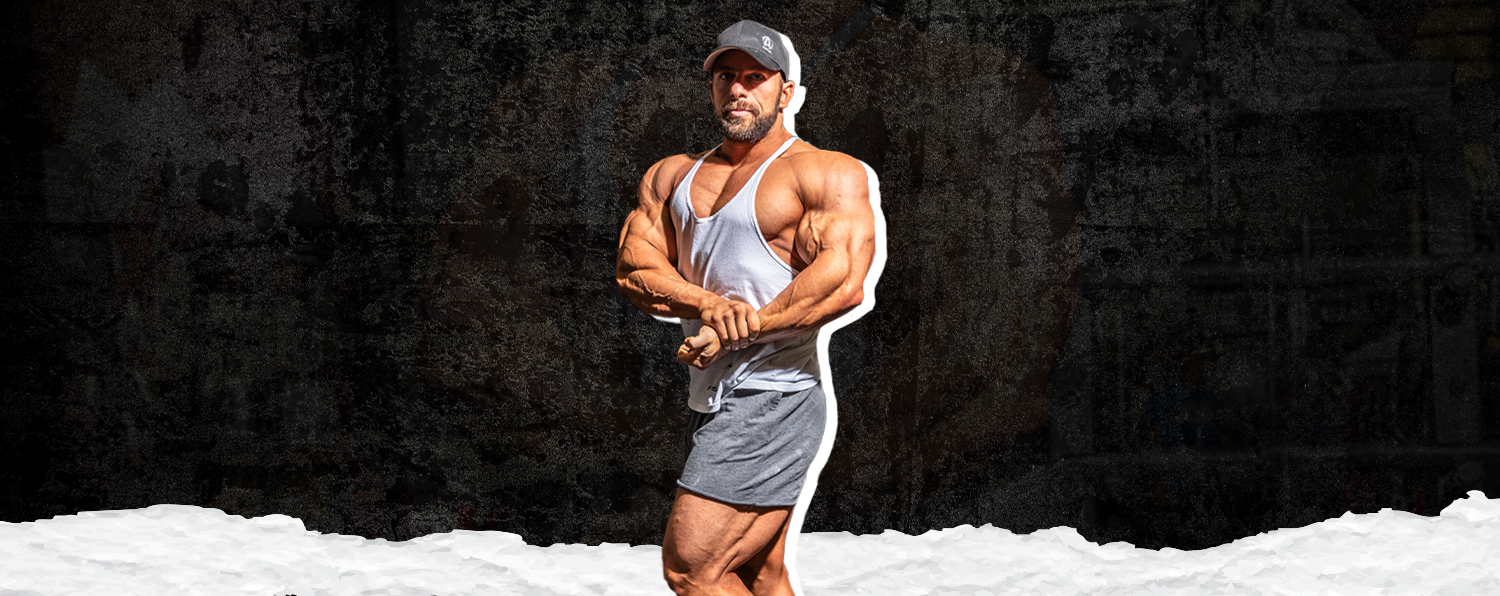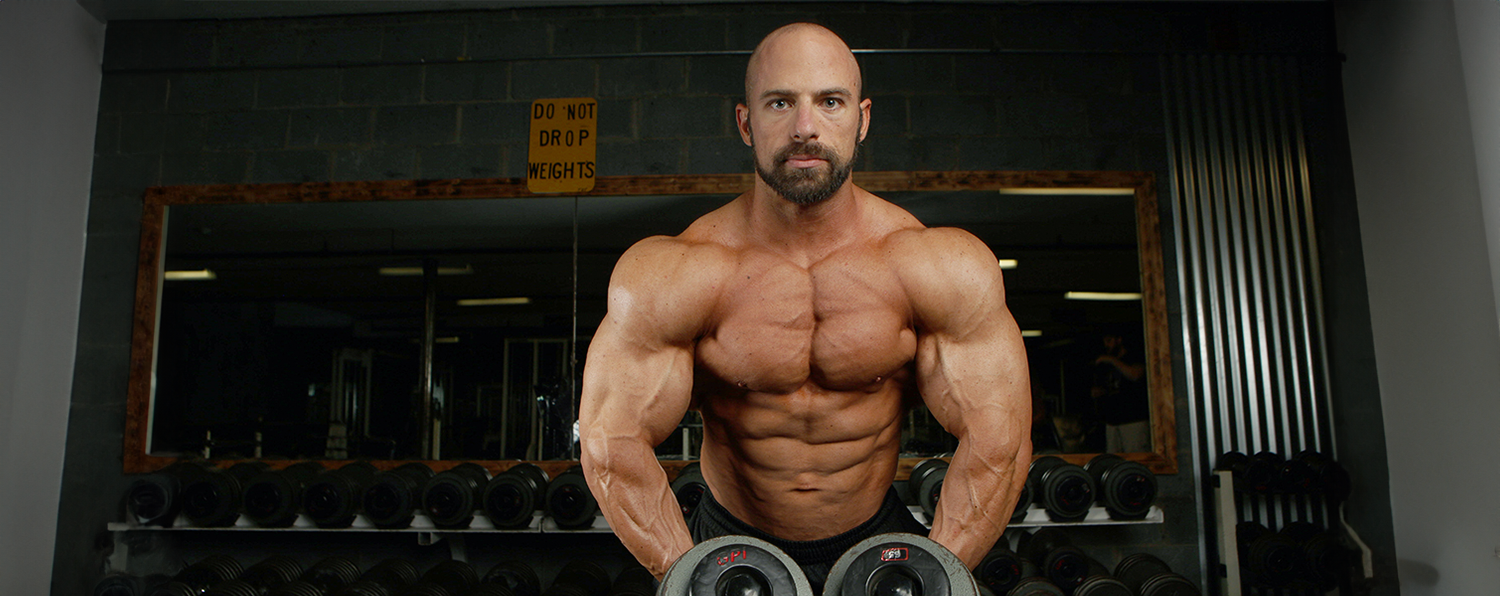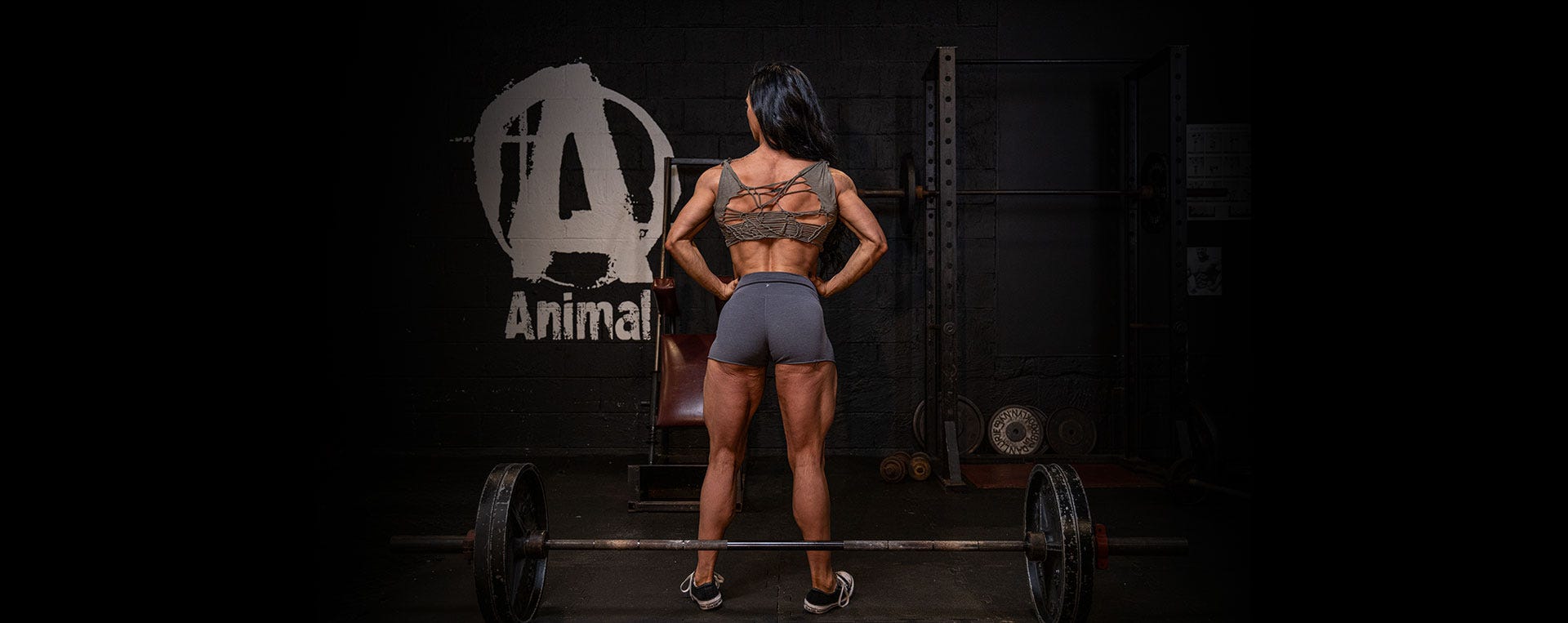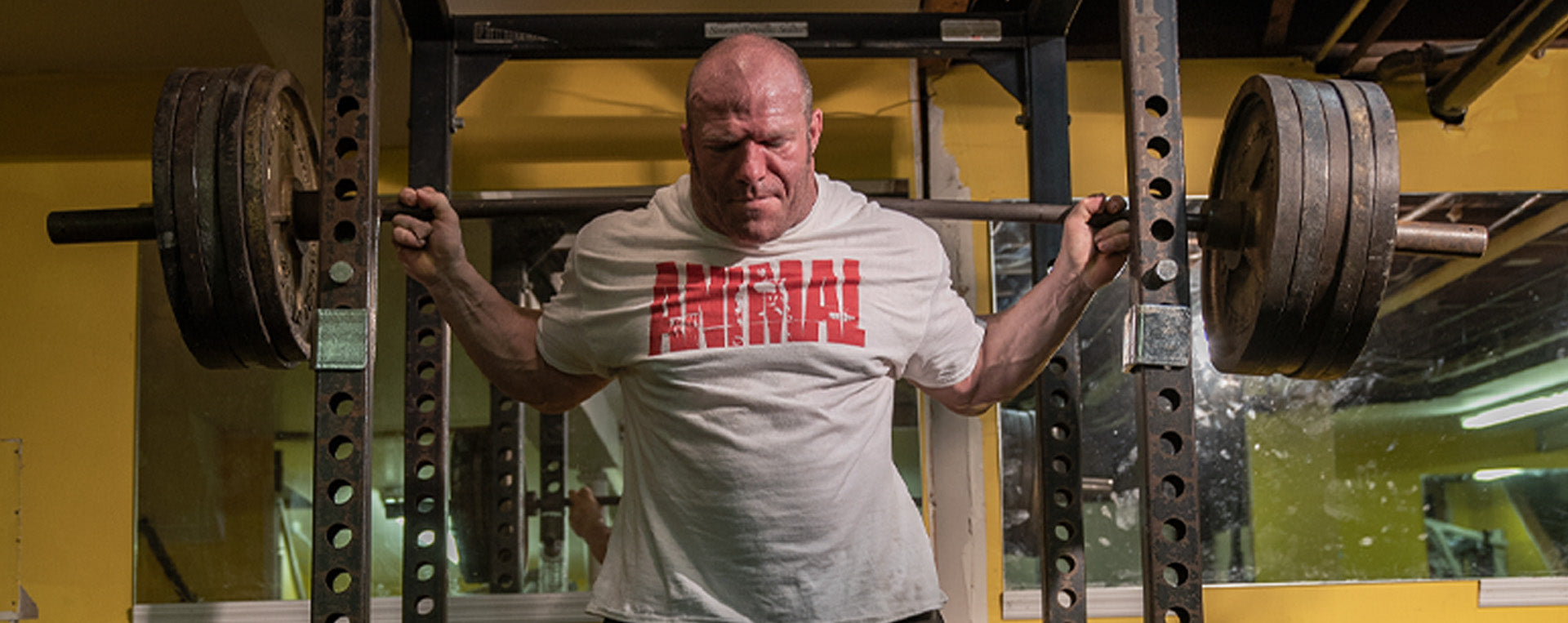You do need a brief understanding of what is happening to your body from training session to training session to understand the point of even taking a deload in the first place. Each time you go train you are trying to create a stimulus which will elicit a hypertrophy adaptation. Along with this stimulus you generate a level of fatigue. This fatigue can be local (within the muscle) and/or systemic (within the central nervous system). You can also generate a level of muscle damage. Think about that hard leg day you had. The next day your quads are sore, they won’t contract as hard, and mentally you might feel a bit less focused. That feeling is the local and systemic fatigue caused by your hard-ass leg day. Week to week, the fatigue can overlap and build up to a point that causes detriments in performance. When you are starting to see strength drop off in the gym, we call this overreaching. Overreaching done for a long duration can turn to overtraining. In an overreached and overtrained state, training is now piss poor for stimulating growth but still generates all the same amount of fatigue and then some. The best way to drop off some of the fatigue accrued over weeks is by reducing your training for a period of time—this is the definition of a deload.
Signs That You Need a Deload
We know training in an overreached state is not going to cause good growth. Training during a deload also usually means less volume and effort, so the hypertrophy stimulus is very low. In general, I try to limit deloads because I want to keep stringing together productive weeks of training with optimal hypertrophy stimulus. There are some ways you can monitor when you are approaching higher levels of fatigue in order to circumvent the deload. Here are the signs of overreach and that a deload might be approaching.1. Strength decreases: The number one indicator for recovery ability and signs of overreaching is performance in the gym. If strength is consecutively dropping each workout, this will let you know recovery sucks. Now we all have a bad workout from time to time. This is more of a string of workouts where everything feels heavy, and weight and reps are dropping.
2. Increased resting heart rate and blood pressure: Hyperactivity of the sympathetic nervous system means you are over stressing the body and can be seen in rises in resting heart rate and blood pressure. Check it once per week in the mornings to monitor trends.
3. Altered sleep patterns: Cortisol can start rising higher in the evenings making it hard to fall asleep and reduce the quality of sleep. You will then feel groggy in the mornings and need a pot of coffee to get going. Some of the newer technology available, like the Oura Ring, can track sleep quality and heart rate variability which might give you some data to help assess this indicator.
4. Niggles and injuries: Muscle tissue can recovery fairly quickly after training, but connective tissue is much slower. When joints are getting achy and you are starting to get a few little strains in soft tissue, you likely have already gone too far.
5. Motivation decrease: In general, you will notice a decrease in motivation to do anything. Training isn’t appealing, work isn’t appealing, but laying down for a nap sounds great.
6. Appetite decreases: Digestion works best in a relaxed state. Being stressed with more sympathetic nervous system activity can cause digestion to be much slower and decrease your drive to put down tubs of rice.
7. Goodbye pumps: Pumps can diminish when getting into the early stages of overreaching. You might not feel as full and round during the day.
8. Libido drop: This one is a real bummer. Sex drive also works best in a relaxed state, so when you are pumping out cortisol and adrenaline your reproductive system says no more.
9. Moodiness: Well damn, you have poor sleep and no libido, and you are tired and injured. I think this all sums up why you are going to be in a pretty shit mood.
Addressing Programming Flaws
We have the signs you are closing in on the point of overreaching and training is going downhill. We now must do something to address this from happening. Again, I want to limit the use of a deload. Many of the issues that make a deload necessary are flaws in workout programming.1. Injuries: Injuries do happen, but this was probably because of improper form or training at a volume level you could not recover from in the first place. You might need a deload right now so you can heal up acutely, but reprogram your next training phase to avoid injury. Address weaknesses within your physique that is causing overload to tissues. Lots of injuries are from strength imbalances.
2. Strength decrease: If strength is decreasing this means you are not recovering enough before you train again. The root issue is training at a volume level from which you cannot recover. You need to add in more rest days or train with fewer hard sets. If you get to this point, a deload might be the short-term fix but the real solution is to train within an optimal volume level.
3. Quick fixes: Sometimes a few signs that you might need a deload pop up, but you are not full blown overreached yet. The quick fix is to just take the day off from training. One day off from the gym can be enough to revitalize you and get you right back to pounding iron. Although this avoids a deload and helps to drops off fatigue, you still need to evaluate if there was a program flaw to fix in the first place.
How To Deload
Now that you know what overreaching warnings signs to look for and how to correct training issues that necessitate a deload, you sometimes get run into the ground and must take a deload. I call this the reactive or proactive deload. Maybe you are not the best at gauging recovery, and you are too stubborn to not train hard. You can just automatically program in a deload every 6-8 weeks to prevent you from reaching self-destruction. I find that I can go about 6-8 weeks before I am just too beat up to keep training. I have seen many ways to deload, but this is my preferred method:1. Deload duration should be 7-10 days.
2. Reduce number of training days by 1/3: I train 5 days per week currently, so I will drop down to 3 training sessions per week. For me this is Legs, Push, Pull. Then I have 4 off days out of the 7 days of the week.
3. Reduce training volume by 1/3 to 1/2: I normally do 2 working sets on each exercise. I will decrease that down to one working set per exercise.
4. Reduce training loads: Most of my issues come up around connective tissue recovery, so I need the break from heavy weights. I will keep my rep range higher to around 10-20 reps.
5. Reduce failure training: Training to failure generates a lot of fatigue, so keep 2-3 reps in the tank on the deload week.
6. New lifts: This is also a great time to swap out exercises that were stagnant and set form on those new lifts before going back into normal training again.
The point of training for a bodybuilder is to cause muscle growth, but this comes along with fatigue that accumulates and can lead to stagnation. Make sure you have good programming in place and train within your ability to recover. If you are starting to see the warnings signs of overreaching or it’s too late, take a deload. A deload will not set you back, but it can propel you forward.



































